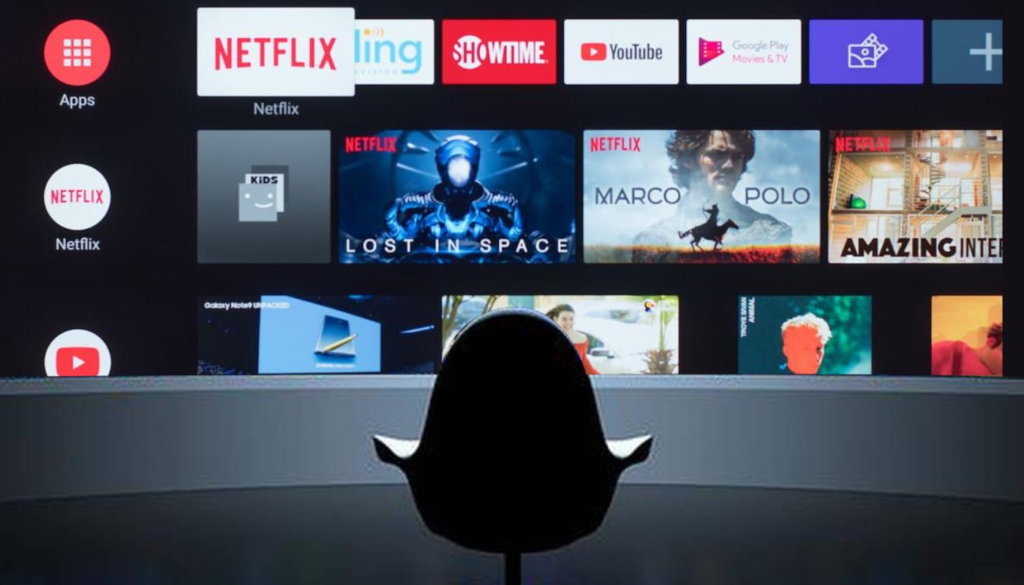
The acronym OTT stands for Over-the-Top. This convenient little term explains the new delivery method of film and TV content over the internet whenever we want, across many different devices, without the need for traditional broadcast,
cable, or satellite pay-TV providers. In simple terms, OTT streaming means paying an internet provider, like Xfinity, for internet access to watch Netflix, without paying for cable TV.
However, till date, there is no legal or statutory body or law governing the OTT Platforms. But over the period of time, various issues have arisen relating to the contents, language, or scenes that are being shown on such platforms. The issues were dealt by the Hon’ble Apex court and various High Courts of India and various guidelines have been laid down time to time to which such OTT platforms have to adhere.
The judgments in which such guidelines have been laid down are as follows:
Justice for Rights Foundation V. Union of India
Amazon Prime Video India Originals V. Union of India
As per the guidelines laid down in the aforesaid judgements following are the legal compliances that OTT Platforms need to comply with:
To help users make informed choices, all the OTT platforms shall rate their content and add a content descriptor to inform the audience about the theme. The content that is rated ‘A’ shall have an age verification system and the user won’t be able to access any ‘A’ rated content without submitting the verification. There are certain rules that focus on increasing inclusivity like the content should be accessible to a person with a disability. If the rules are not complied by the OTT platforms or any publisher, then they shall be liable as provided under such law which has been contravened (Rule 9 of IT Rules).